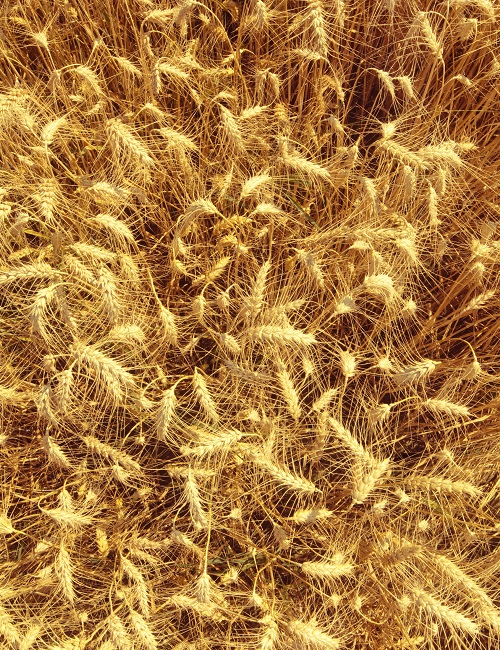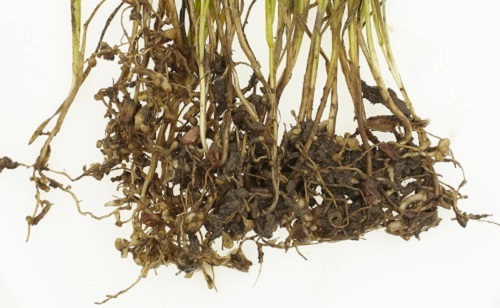A seven-fold increase in soil samples testing positive for root-knot nematodes in cereals indicates that the pest may be more prevalent in the crop than previously thought, according to a leading expert at Fera Science Ltd..
The testing undertaken by nematologists at Fera Science Ltd., has revealed a distinct uplift in this pest in recent years. It may have a bearing on rotational decisions in the run-up to autumn planting.
“They can cause serious damage to the root system of a crop, leading to reduced vigour, patchy crops and lower yields,” explains Tom. “But, nematode infestations are difficult to diagnose in the field, with damage commonly overlooked or attributed to other pathogens or nutrient deficiency.
“Yet there’s a simple solution. By opting for a non-cereal host crop following infested cereals in the rotation, the pest’s lifecycle is broken.”
Tom urges producers to consider soil testing to identify if nematodes – and which species – are impairing cereal yields, before finalising rotational decisions. “With margins continuing to be challenged, every aspect of crop management is being reviewed and nematode presence should not be ignored.”
Paul Cawood, Frontier adds, “It is vital farmers adopt a stable and sustainable cropping rotation for their farm. Where you suspect nematode damage, make sure you find out the species. Information is key; being informed means better business planning. Knowledge of the species will ensure you do not select a rotation that promotes the nematode population and acts as a host for further damage and cost to your business.


“It is important to stress that at the moment, cereal nematode damage is relatively rare, however, increasing levels should not be ignored, especially as the populations are easily controlled by simple changes in management, such as a change in cropping.”
“I also suggest considering the use of a brassica cover crop. An example of this would be planting oil radish of a multi resistant type. Specific varieties have shown good reduction of root-knot nematode populations when grown in certain conditions. It can also offer beneficial nutritional value to your soil.”




